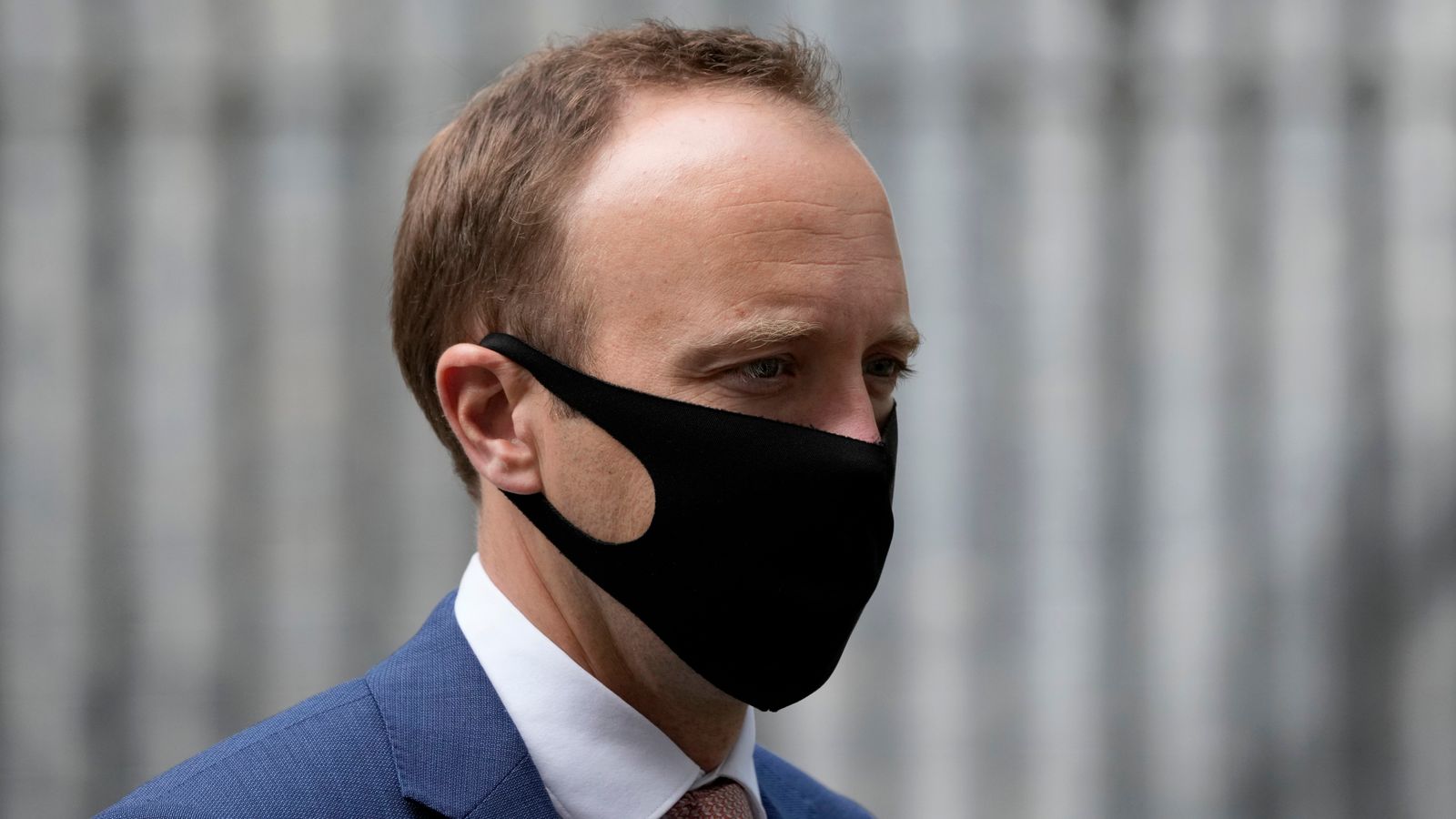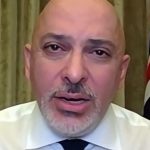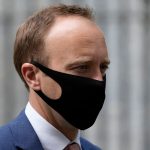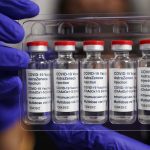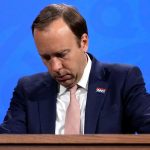Matt Hancock’s appearance before MPs at the inquiry into lessons learned from the pandemic did not follow the script Dominic Cummings wrote for the hearing two weeks ago, but the four-hour session was all the better because of this.
The health secretary and the committee chairs Jeremy Hunt and Greg Clark disposed briefly with the explosive sounding but ultimately peripheral charges laid by the PM’s former advisor.
Mr Hancock issued a string of denials about lying to the prime minister, giving misleading statements about care home policy, and contradicting medical chiefs when claiming everyone was getting the COVID-19 care they needed.
There was no tit for tat either. Mr Hancock restrained himself to a single arch remark about government functioning more smoothly in period since Mr Cummings’ departure, but otherwise deliberately avoided a personality spat.
For the rest of the session, Mr Hancock was plausible, helpful, genial and well briefed.
Yet in his expansive attempts to answer the committee, he made several claims that may turn out to be problematic in future.
Perhaps the most striking remark by Mr Hancock was that he got advice in late January from SAGE, signed off by COBRA, that up to 820,000 people could die if the pandemic proceeded like Spanish flu.
“I was determined that would not happen on my watch,” he declared, in a bid to emphasise how early he believes he gripped the situation.
By presenting himself as an action man in this way, Mr Hancock raises big questions about why the rest of government was not apparently taking the emerging pandemic seriously enough though February and early March.
This includes Boris Johnson’s infamous Chevening break in February recess as case numbers around the world ticked up.
Plans to mitigate the spread of coronavirus were being generated by the Department for Health in this five-week period, but a more concerted cross government effort and discussions of lockdowns seen in other countries did not come for five weeks after Mr Hancock was told almost a million people die in similar scenarios.
Much of today’s session were spent discussing the three conclusions which Mr Clark announced the special pandemic lessons committee was likely to reach.
He said the joint committee is set to conclude that lockdown came too late in March 2020, that there was insufficient testing capacity at the start of the pandemic, and potentially they were wrong to discharge infected patients to care homes.
Interestingly, Mr Hancock did not reject these conclusions, and instead sought to explain, contextualise and in some cases apportion blame for these things happening.
On the late lockdown, Mr Hancock lay the blame at the feet of both domestic and global scientists.
He pointed out there was “clear (SAGE) advice at the time that there was only a limited period people would put up with” lockdown, a belief which later “proved to be wrong”.
He said ministers at the point found it hard to advise lockdown because going “against scientific advice is an even bigger decision to take”.
Mr Hancock conceded he did not have large-scale testing capability at the start of the pandemic and Public Health England was unable to scale a system at speed in the first three months of 2020.
“We had a small effective but not easily scalable contact tracing programme. Putting those things in place at very large scale is hard,” he said in remarks which could be seen as criticism of his predecessor Mr Hunt, who was now sitting in front of him as committee chairman.
Please use Chrome browser for a more accessible video player
On care homes, Mr Hancock appeared to concede people did go from hospitals to care homes without testing.
He pointed out he only promised to test people going from hospital to care home “when tests were available” then “I set about building” that capacity.
He also claimed the evidence of the importance of this was mixed because there was no global scientific consensus on the possibility of asymptomatic transmission of COVID-19 – passing on coronavirus from people without symptoms – in the first three months of 2020.
The health secretary said he even pressed the World Health Organisation in late January over signs of asymptomatic transmission in China, only to be told the claim was likely a “mistranslation” of what was being said.
Yet as Mr Clark pointed out, the government’s own scientific advisors on SAGE were challenging the WHO view as early as 28 January – that “there is limited evidence of asymptomatic transmission but early indications imply some is occurring”.
Could this view have played a bigger part in forming policy? Nor could Mr Hancock remember a draft of Public Health England guidance insisting on testing hospital patients before discharge, allegedly later watered down, nor did he have any recollection of Care England suggesting they provide “step down” refuges where people could go from hospital before going to care homes.
Ultimately, Mr Hancock concluded that 1.6% of cases in care homes came from hospitals, a statistic Mr Clark challenged on the basis that insufficient testing at the time meant they had an incomplete picture.
Please use Chrome browser for a more accessible video player
Mr Hancock was even more bullish on supplies of PPE.
He insisted that PPE problems were “local” but never “national”, even though on 17 April the government felt the need to issue guidance saying PPE could be reused.
He also said it did “not lead to anyone dying”.
The tone of his response might face challenges, not least because the National Audit Office from November concluded “many front-line workers in health and adult social care” reporting “not having access to the PPE they needed during the height of the shortages”.
Today was the first thorough attempt to go through several of the key errors that were made in the government handling of the pandemic.
We now have the first draft of Boris Johnson’s government’s response. Ministers have found ways on many of the thorniest issues of the pandemic to blame others for what went wrong.
It may have not cost Mr Hancock his job, as Mr Cummings would have wanted, but his answers will nevertheless court controversy and could yet come back to hurt.
